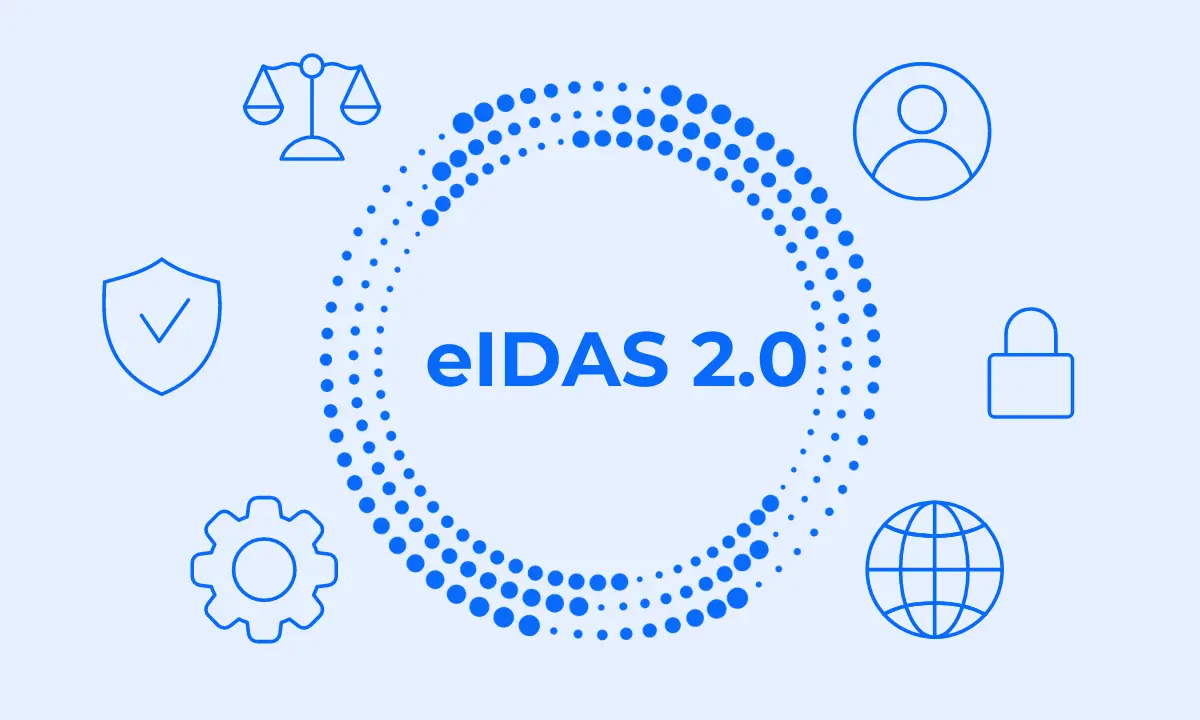People often use the terms digital signatures and electronic signatures interchangeably, unaware of the differences between the two.
Electronic signatures encompass all paperless signing methods and are classified into three categories:
- simple electronic signatures
- advanced electronic signatures
- qualified electronic signatures
Digital signatures, however, only include the electronic signing methods that meet the requirements for advanced or qualified electronic signatures. Therefore, simple electronic signatures are not digital signatures.
What sets a digital signature apart from a simple electronic signature is that the former provides absolute certainty about the signer’s identity, while the latter doesn’t.
Digital signature solutions rely on hashing algorithms, public-key encryption, and digital certificates to authenticate signers and protect the integrity of signed documents.
On the other hand, simple electronic signatures use far less secure technology. Therefore, they can never fully identify the signer or make sure that the document has not been altered after signing.
Do you want to know more about the other differences between a digital signature and an electronic signature? Are you wondering which one of the two you should use? Then keep reading.
Digital signatures vs. electronic signatures
The most important differences between digital signatures and electronic signatures concern signer authentication, content integrity, non-repudiation, and legal validity.
1. Signer authentication
Digital signatures are based on PKI, a technology that verifies the identity of the signers using digital certificates issued by Trust Service Providers.
An example is signing a document using an electronic ID. The signer has sole control over their eID data, so no one can use it to create a signature on their behalf.
In case of a dispute, digital signatures can unequivocally authenticate the signer.
However, the same cannot be said about simple electronic signatures. These signatures either don’t have any way to check the signer’s identity or use imperfect methods such as email or text messages.
Such methods are fallible because email accounts can easily get hacked. As a result, one can never be one hundred percent sure about who really signed the documents.
2. Document integrity
Digital signatures use hashing algorithms and public-key encryption to check if any changes were made to the document after signing. If the document has been altered, the digital signature is invalidated.
On the other hand, most simple electronic signature makers can’t detect edits to the document after signing.
However, simple electronic signatures made with Penneo Sign are an exception. Our software also uses a hashing algorithm for documents signed with simple e-signatures to ensure their integrity.
3. Non-repudiation
Since digital signatures provide proof of the signer’s identity and ensure the integrity of the signed document, the signer can’t dispute the signature.
Conversely, electronic signatures can easily be disputed. If there is not enough proof to sustain them, they will not hold up in court.
4. Legal value
The eIDAS regulation states that digital signatures have the same legal effect as traditional pen-and-paper signatures. Therefore, a valid digital signature will always be enforceable.
While simple electronic signatures are also admissible as evidence in court, the judge will have to decide on a case-by-case basis if the signature is enforceable or not.
Therefore, we recommend always using digital signatures for important business documents such as annual reports, employment contracts, confidentiality agreements, etc.
Please note that there are still some situations where a handwritten signature is required, and these exceptions are different for each Member State.
| Electronic Signatures | Digital Signatures | |
|---|---|---|
| Signer authentication | Can’t authenticate the signer with absolute certainty | Can always authenticate the signer with one-hundred percent certainty |
| Content integrity | Can’t always detect changes to the contents of the document after signing | Can always detect if any changes were made to the content after signing |
| Legal validity | Up to the court to decide whether a document signed with an electronic signature is legally binding | Documents signed with valid digital signatures are always legally binding |
What types of signatures does Penneo provide?
Penneo provides both simple electronic signatures and digital signatures.
To create a simple electronic signature in Penneo, you can either draw/type your signature or insert a picture of it in the document.
To create a digital signature via Penneo, you can use either one of the following eIDs:
We encourage you to use digital signatures when possible since the documents signed with them are always legally binding and can’t be repudiated.
Get a free trial of Penneo today and start signing documents online for free!





